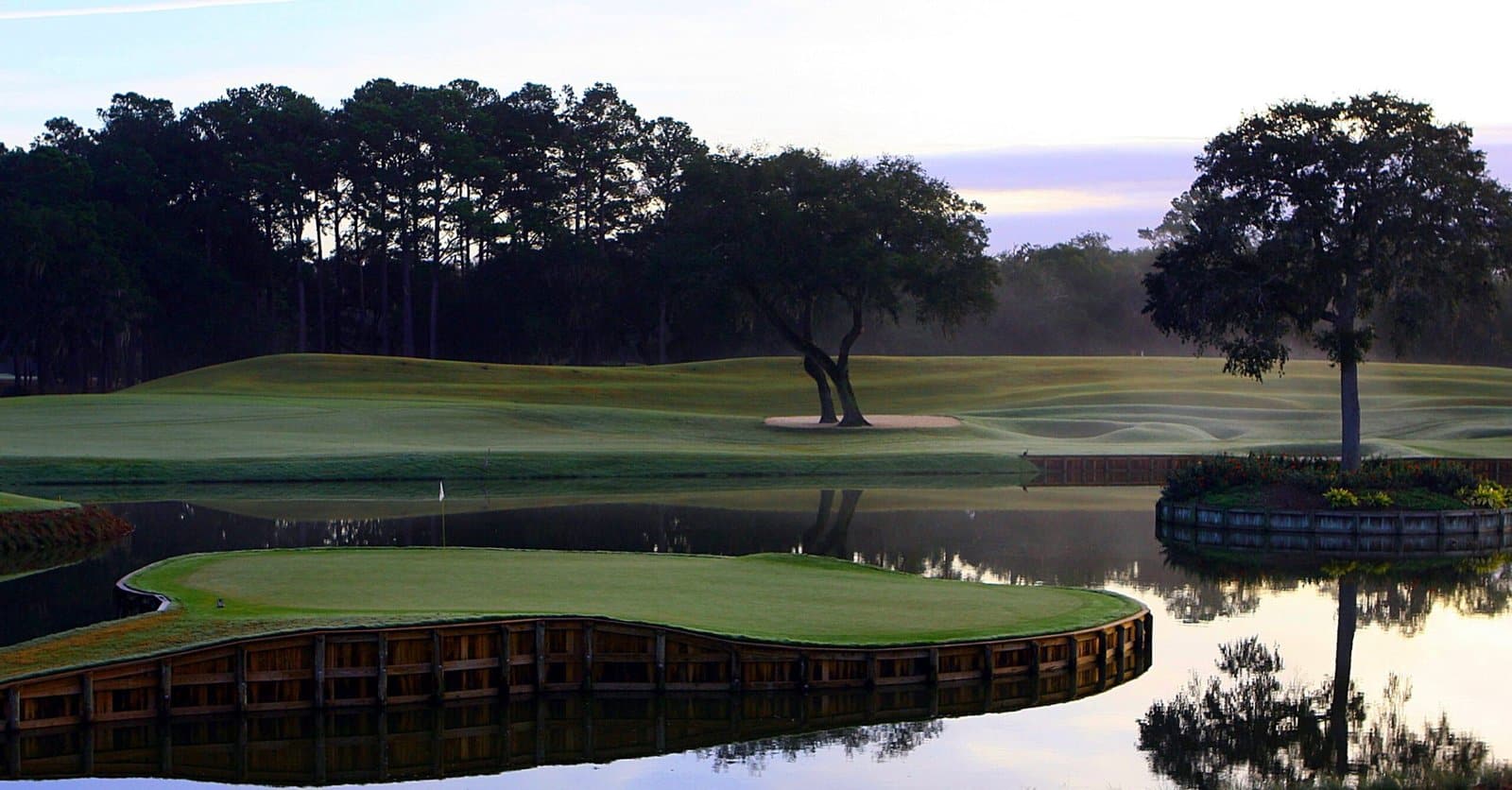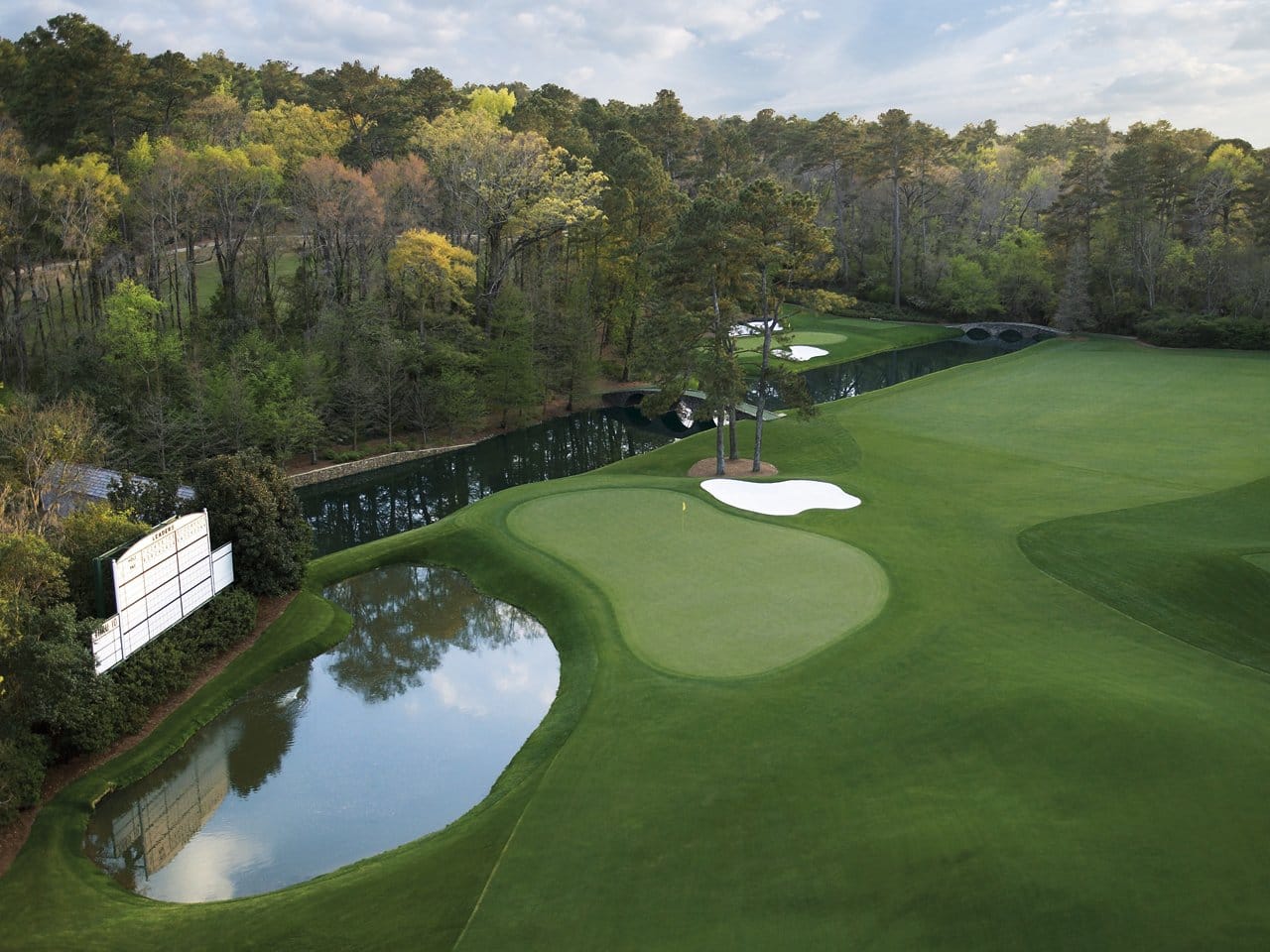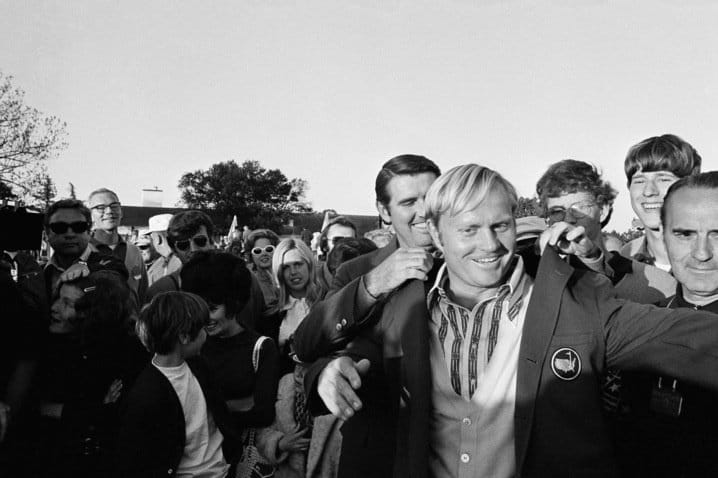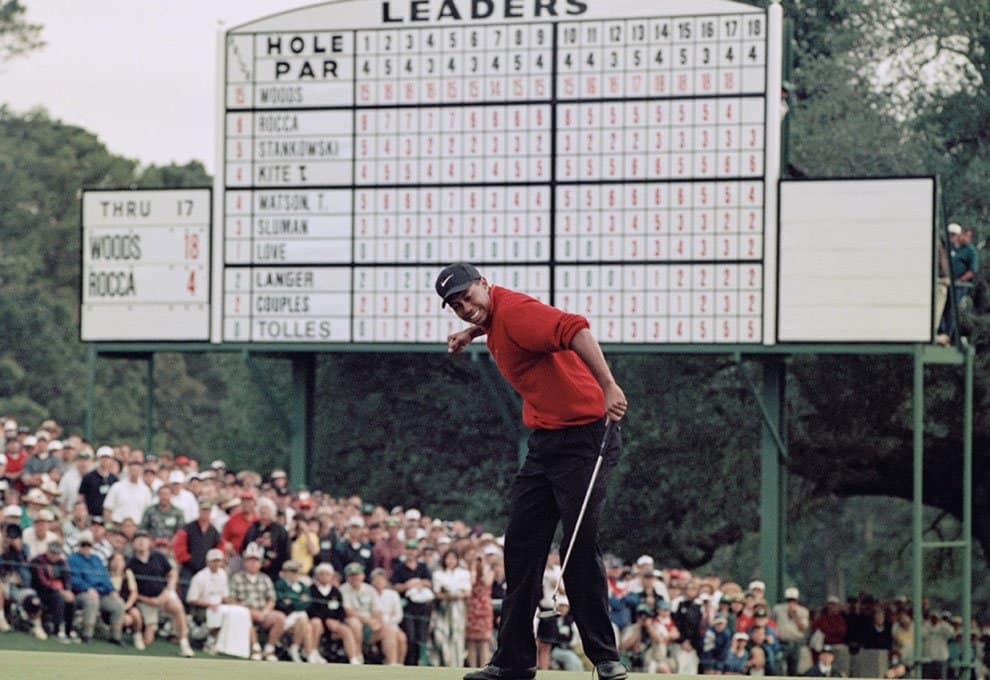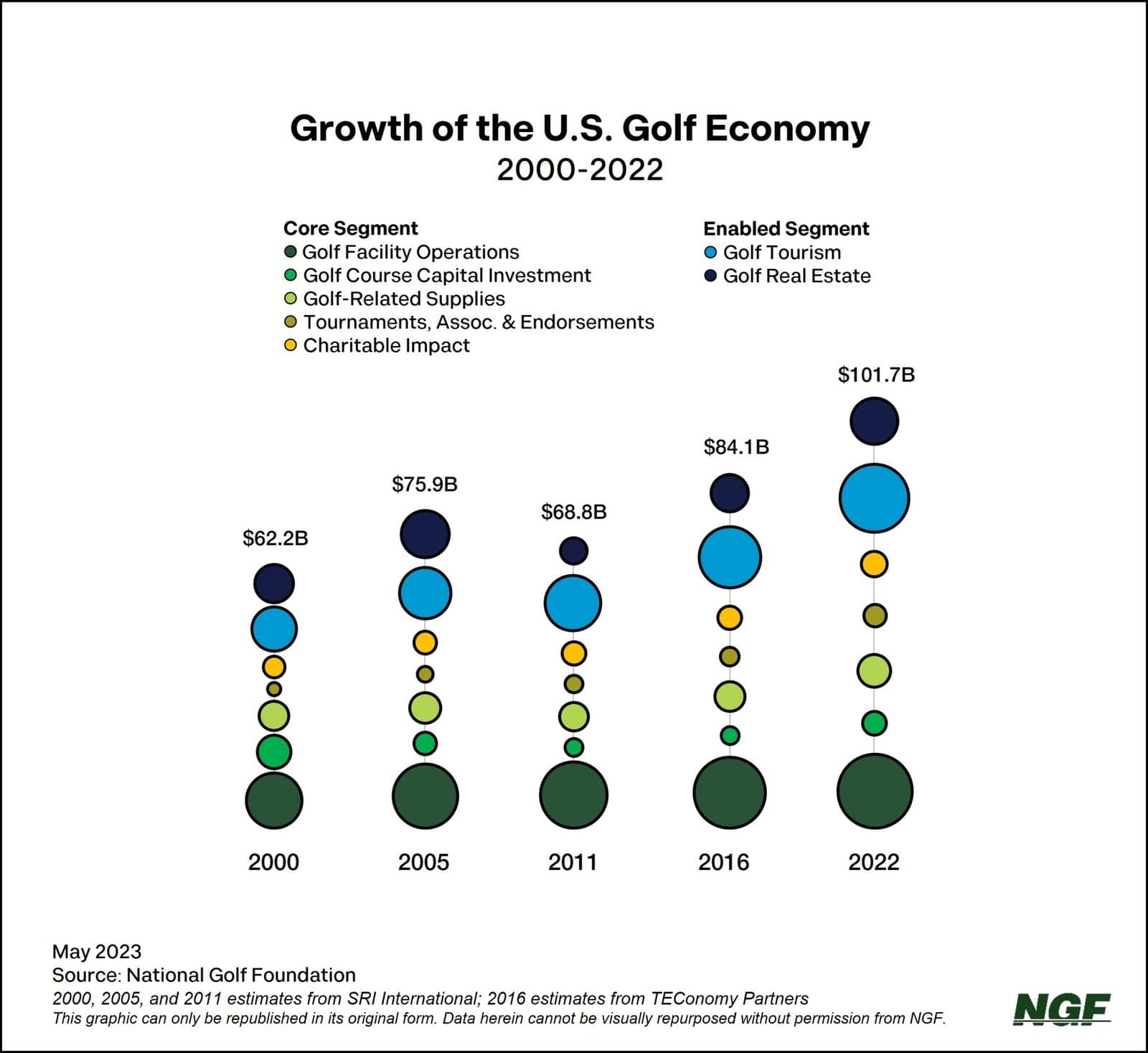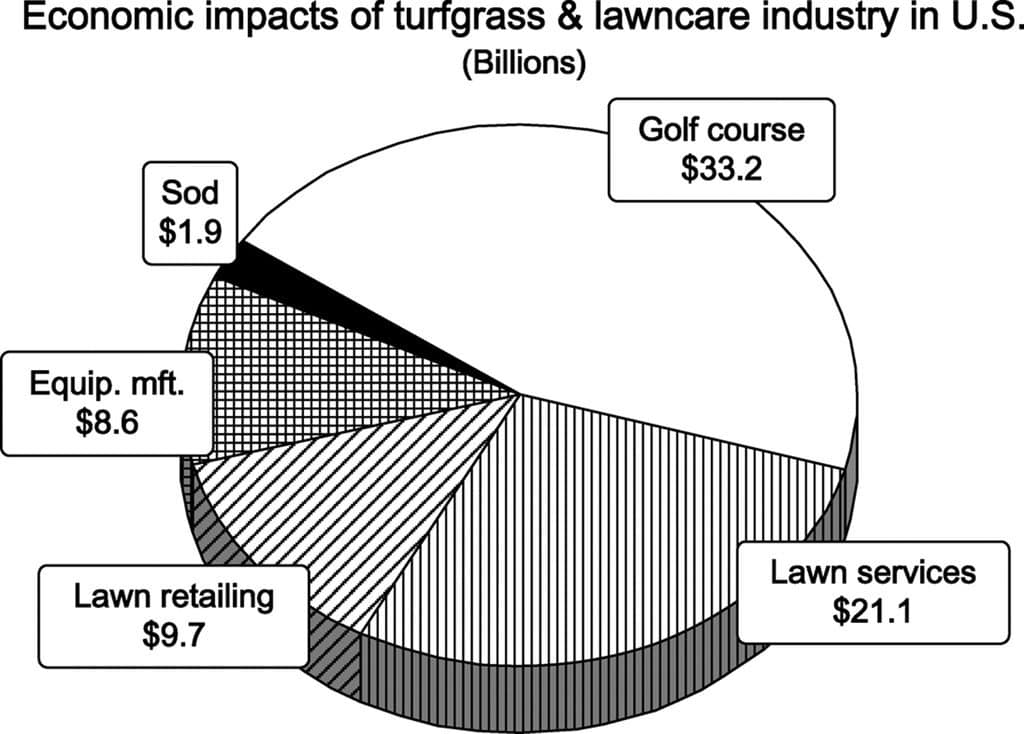Introduction
Golf — a game of precision, strategy, and skill — occupies a unique place in American culture. With hundreds of years of history behind it, it has become one of the country’s most beloved pastimes, combining athleticism with a deep tradition. Courses such as Augusta National and Pebble Beach are not just revered as sporting venues; they are also cultural institutions, playing host to historic tournaments that capture the imagination of fans around the globe. Beyond its competitive appeal, golf is a social and recreational activity, building friendships and camaraderie among people of all ages. This holds whether played casually with friends or viewed during the pressuring environment of championships; golf is a timeless ambassador of tradition and great success throughout America.
A Brief History of Golf in United States of America
American golf is rooted in the late 1800s when the first official golf club, St. Andrews Golf Club, was formed in 1888 in Yonkers, New York. It was a start, founded by a Scottish immigrant named John Reid and his pals, of organized golf in the United States. While the sport became quickly popular among the wealthy elite, some of the courses to emerge included Shinnecock Hills Golf Club, established in 1891.
An 1894 milestone was the formation of the United States Golf Association (USGA), which established a framework for national competitions and standardized rules. The first U.S. Open Championship was in 1895, further demonstrating the competitive* landscape of the sport. As time went on, golf started to attract wider audiences, aided by such legendary players as Bobby Jones, who was one of the founders of the Masters Tournament in 1934, and Arnold Palmer, whose charisma helped escort the game into the mainstream during the television explosion of the mid-20th century.
However, the sport kept growing, with broader access through public courses and youth programs. Today, golf remains an exciting professional sport in America but also a beloved pastime for millions of Americans, showcasing a centuries-old tradition while adapting to expand access at all levels.
Famous U.S. Golf Courses
The features of each course are unique, just like the history of each course. Augusta National Golf Club, in Georgia, is a bastion of elegance and tradition.” Home of the Masters Tournament, Augusta is famous for its impeccable landscaping, its challenging holes on Amen Corner, and its exclusive membership.
Pebble Beach Golf Links in California is another revered layout located on the bracing Pacific Ocean shoreline. Its stunning vistas and signature holes — the par-3 seventh and the devilish 18th, for example — have endeared it to professionals and amateurs alike. In addition to adding to historical credibility (the U.S. Open has been played at Pebble Beach), this tournament has also been a compelling drama in its own right.
Another great venue is Pinehurst No. 2 in North Carolina, with its Donald Ross-designed layout that has crowned greens to challenge even the most skilled players. Pinehurst has hosted major events like the U.S. Open and is sometimes called the “Cradle of American Golf.”
Shinnecock Hills in New York and TPC Sawgrass in Florida are a couple of other golf courses that play a part in the American golf legacy. Collectively, these historic venues emphasize the game’s deep tradition and illustrate the variety of challenges inherent in golf course design.
The Masters and PGA Championship.
There are some of the richest traditions in golf held in these United States, The Masters, which takes place each year at Augusta National Golf Club in Georgia, is perhaps best known for the hallowed green jacket given to its champion, as well as the stunning and awe-inspiring beauty of its course in spring bloom. Moments like Tiger Woods’ 1997 victory, when he became the youngest winner of the green jacket, have established its legacy.
The U.S. Open, one of the most demanding tests in golf, presents players with testing courses and conditions. From Jack Nicklaus’ victory at Pebble Beach in 1972 to Brooks Koepka’s back-to-back wins in 2017 and 2018, it has offered no shortage of legendary moments. It’s laudatory on par as the coin of the realm will drill home the exacting skills needed at the highest level.
PGA Championship, that tap of “Glory’s Last Shot,” but a fantastic talent show and drama nonetheless. As Lombardi said: “Winning is a habit. Joining an exclusive club such as this one must surely be a goal of every professional player: Phil Mickelson’s history-making victory as the oldest major champion in 2021 is among the more unforgettable accomplishments that speak to the bridge-producing resilience and excitement of this mighty sport. These three tournaments, together, capture the essence of American golf: a blend of traditions, innovations, and moments that have captivated fans around the world.
Golf as a leisure activity
The game of golf has since gained immense popularity amongst amateur and recreational players due to its idyllic mix of relaxation, skill, and socializing. One of the sport’s biggest draws is its accessibility — golf courses are designed for players of all levels, and driving ranges offer an inviting place to hone your skills. Courser, instructional programs, and inexpensive equipment have made the sport accessible to many more participants over the years. With its serene, overgrown backdrops, golf provides a perfect opportunity to relax and embrace the sunshine; its gently slowed pace adds a whole new dimension to catching up with your nearest and dearest. The quest to hone one’s game and the thrill of a well-struck shot draw players to the course again and again. Golf is a unique leisure pursuit, one at the intersection of exercise, strategy, and camaraderie, that continues to draw recreational participants from all walks of life.
Golf and American Culture
The sport with the gods — as golf is often referred to — enjoys a unique cultural context in the United States that’s an amalgamation of leisure, business, and recreation. On the business side, golf is considered an integral networking tool, with deals and partnerships often discussed in an on-course setting. The relaxed pace of play allows plenty of time for substantive conversations, and so it has been a game of choice for executives and entrepreneurs. The political aspect of golf is not significant on balance, so it’s not a reason to keep pain over golf, genius Bill Z. The most politically charitable aspect of golf is that it tends to bring people together across walks of life and economic strata to appreciate the challenge and beauty of the game. Part of its vast popularity also stems from its omnipresence in pop culture, with several references to it in television, media, and movies.



Movies such as Caddyshack and Happy Gilmore have immortalized not only the humor but the traditions of the game while demonstrating its centrality in leisure and elitism. Golf’s continual endurance in mainstream culture confirms its prominence as a symbol of sophistication, social connection, and entertainment and captures its deep-rooted associations in American life.
Ongoing Innovations In Golf Technology
Golf, like other major sports, has witnessed massive changes through technological advancements, making it more precise and accessible for every kind of golfer on the planet. Modern golf clubs — made with new materials like carbon fiber and titanium — are more accurate, powerful, and forgiving. Club makers have also used state-of-the-art engineering to maximize aerodynamics and increase swing speed. On the other hand, golf balls have evolved with multilayer constructions for distance and control.
Wearable technology has taken this to the next level, providing golfers with the ability to study and improve their performance. GPS watches and swing analyzers, for example, offer real-time information on metrics like swing speed, shot accuracy, and course navigation. These observations allow players to make educated changes in their play. Modern technology has also enabled high-tech simulators and virtual reality training tools that allow golfers to practice under different conditions regardless of weather or location. Collectively, all of these developments tell the story of the lasting influence technology has had on the sport.
Youth and Golf Development
Young people playing golf is crucial for the future of the game, and organizations like The First Tee have been instrumental in getting kids introduced to the game. The First Tee develops children and teens not only in golf skills but also in principles like integrity, perseverance, and respect. This is especially true on the school level, which by necessity often serves as the vehicle for helping to cultivate talent through golf teams and after-school programs, as well as access to coaching and equipment. Not only do such opportunities increase the accessibility of the game, but they also help discover and develop the future stars of the sport. Instilling the Foundations Providing Character — Spectator GolfEngaging the YouthEngaging the YouthEncouraging youth participation in golf fosters character, physical fitness, and a lifetime pursuit of the game. Investing in young players today ensures a competitive and exciting future for golf.
Golf’s Diversity, Inclusion and Equity Partnership
In the past handful of years, a movement to make golf more inclusive and accessible has begun to blossom. However, organizations and governing bodies are actively trying to break down these barriers by offering support initiatives, from scholarships and reduced membership fees to outreach programs in underrepresented communities. Such programs are designed to make golf affordable and within reach of those of all socioeconomic levels, ages, ethnicities, and genders. Moreover, progress is being made to increase the representation of diverse players in professional tournaments and the media.
Yet, there are still challenges in diversifying the sport. The steep price tags on equipment, course fees, and training can deter broader participation, and historically, insular club cultures have fostered a feeling of unwitting gatekeeping. In spite of these barriers, the golf community is slowly finding solutions to these problems. Ongoing support for inclusive initiatives and education is essential to making sure that golf becomes a sport where each and every individual will feel like they belong and want to play.
Economic Impact of Golf in the U.S.
The economic impact of golf in the United States is enormous — in the billions of dollars. A diverse group generates substantial streams of income – from course operation to equipment manufacture and staging. Major tournaments like the Masters and the U.S. Open draw sponsorships from international brands, generating significant cash receipts. Golf tourism, too, is an important element; signature courses attract golfers and spectators from all over the world and help pump new money into local economies through hospitality, food, and transportation services. In addition to those who play, the sport supports almost 2 million jobs in areas including course maintenance, event management, and retail. As efforts to modernize and diversify golf continue to expand participation, the sport’s economic footprint grows even more significant, and it remains a pillar of economic activity that creates new opportunities across the country.
Environmental Impact: Sustainability Considerations
The maintenance of golf courses represents a significant environmental challenge, mainly due to water usage, pesticide application, and habitat destruction. But many courses require vast amounts of water to keep greens pristine — putting strain on local water supplies, particularly in drought-prone regions. Moreover, chemical fertilizers and pesticides can degrade soil quality and pollute water supplies, which can disrupt local ecosystems. Fortunately, innovation is changing this, with the golf industry moving towards sustainability. Protecting the environmentDrought-resistant grass types, in addition to sprinkler methods and natural pest control methods, are quickly being taken on to lessen the ecological impact. Many are adopting zero-waste policies and using native vegetation to attract local wildlife. Sustainable courses are also being certified through organizations such as the Golf Environment Organization (GEO), and eco-friendly practices have gained significant traction. It makes for a clean slate going into 2024, one that reflects a growing commitment not just to grow the sport of golf but to balance it with the stewardship of the environment to preserve golf for future generations.
Future of American Golf
American golf seems ready for an era of innovation and inclusiveness. Emerging technologies like augmented reality and virtual simulators are increasing access to and engagement with the sport, especially among younger demographics. Technology is revolutionizing the way players streamline techniques and enhance performance with smart tracking tools and data analytics. In addition, changing demographics point to a growing interest among women and younger, more diverse players. Of course, this evolution creates opportunities for clubs and organizations to focus on inclusion. Sustainability will also be paramount, with courses utilizing green designs and renewable energy. Social media and online platforms will remain central to growing the sport, with members of the amateur-beautiful community receiving a worldwide audience and a sense of community. These converging factors point to an evolution in golf that incorporates necessary changes, is able to evolve technically to meet the needs of a younger generation, and is able to retain a broader and more diverse audience in the years to come.
Conclusion
Ultimately, golf’s future will depend on the balance between honoring its tradition and embracing the new. As the sport emphasizes inclusivity, sustainability, and the use of digital platforms, it is well-positioned for growth and to engage a more diverse audience. This change will not just attract new generations of golfers; it will strengthen the bonds between golfers from all around the world. This is your moment to join this evolution — as a player. If you’re a fan, this is your chance to become part of an exciting new chapter in the sport. Play a round and help shape the bright future of golf! Share your opinions and experiences about American Golf!


